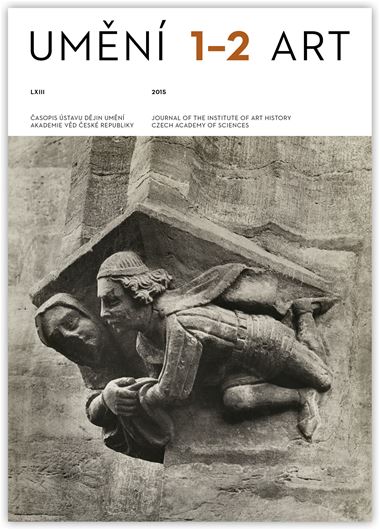Pavel Kalina
Carlo Fontana, Domenico Martinelli, and Georg Adam II of Martinitz: Architectural Design, Architectural Collaboration and Aristocratic Representation Around 1700
Carlo Fontana designed three projects for the Czech lands. These projects included the rather Utopian and non-realized project of the Liechtenstein Palace for Landskron, the project of the Sternberg Palace in Prague, which was not realized as well, and the project of Martinitz Palace for the same town, which was used as a basis for the actual rebuilding of the structure. Since the publication of the Windsor plans for all three projects (1977), the Martinitz Palace was given a repeated attention in modern scholarship. A more precise understanding of the existing building was, however, made difficult by the fact that the palace serves as the barracks of the President´s Guards and was not accessible before 1989. Moreover, the results of its meticulous analysis by Milada Vilímková and František Kašička have never been published and, as a type-written copy, are available in Czech language only. In this article, I present a new interpretation of the palace´s history based on a new direct research of the structure itself and on the related archive documents. The new reading of both the plans and the executed structure should help us to understand better the designing process balancing the ideal typology with demands defined by the character of the place. It is more than probable that the final appearance of the palace was given by intervention of Domenico Martinelli. The new reading of the palace should also contribute to our knowledge of decision-making processes in the aristocratic milieu of the late 17th and early 18th centuries. Count Martinitz was a member of one of the foremost Central European noble houses. As an Imperial ambassador to Rome, the count perfectly knew the culture of the Papal town. The final appearance of the palace was probably given by its topographic situation, especially by the neighborhood of a new-built Thun palace, and by the need to guarantee a satisfying outlook from the highest part of the building in order to visualize the glory of the Martinitz house.
Full-text in the Digital Library of the Czech Academy of Sciences:
https://kramerius.lib.cas.cz/uuid/uuid:524f6f89-257a-4f67-a21c-0d28b65b6614
< back

